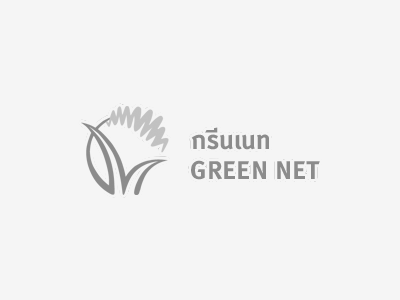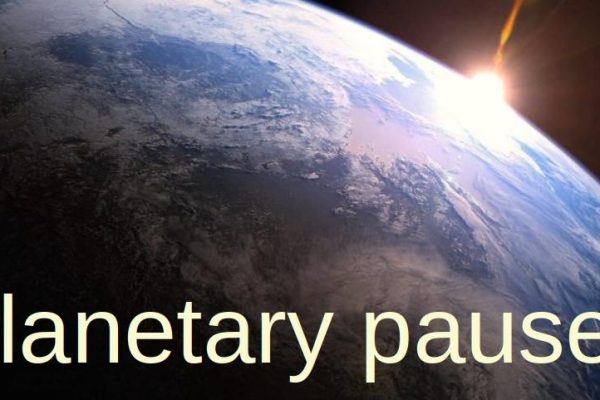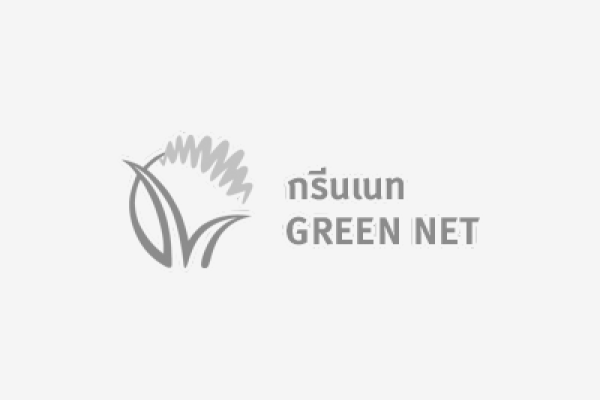
Over two days (11-12 Dec 2013) I had the chance to join a conference “Gender and Climate Smart Agriculture in Asean” hosted by ASEAN, WOCAN, GIZ and FAO. Our colleague Ms. Tong Chantheang from CEDAC also joined.
With many speakers and participants with experience and expertise in Gender, Climate Change Adaptation, or both, I hoped to come away with some good contacts and in particular good ideas about how we might better integrate the gender aspect into our work and pilot projects, how this might be done, and what sort of benefits we could expect.
My previous understanding of gender integration and focus has been primarily on getting participation and views from both men and women, understanding that their roles, decision-making power, and that climate change may have different effects and the choice of options to try and research may be different.
Thus we have said that we feel it is important in the pilot projects to have participation and views from both men and women and work to test methods that are interesting and seen as beneficial to both. Or another option being to have different pilot projects one woman dominated and one men dominated. Thus each group can try and test adaptation methods upon their interest.
In the discussion of a number of participants presenting at the conference, I understood that the ideal gender integration in a project starts from project planning. Most say that gender should be integrated into all, better than a separate action, yet their is need for a specific budget line. Ideally one should set indicators and do a quite intensive baseline study with gender desegregated data, so that one can clearly see performance and benefits for women verses men in later monitoring and evaluation work. In the project design it is important to have involvement from both men and women including men and women with a clear knowledge of the farming situation in the area if not farmers themselves.
Then in project application one continues to work to have a balance of men and women and use indicators to evaluate modifying the project as needed to increase positive impact and reduce or stop interventions that may provide a very one-sided benefit (such as benefitting income of men but increasing workload of women with little or no income benefit).
This information was not particularly new. For me however there is the question of the need and benefit for the degree of detail and effort suggested. I know a process with a lot of effort to separate data and experience between men and women requires quite a bit more time, staff resources, and money to do. It was not clear when this is worth the investment.
Now from my questions and discussions (admitting I did not have too much time), it seemed that there was a lack of cost benefit analysis regarding gender integration. In my view I want to help farming communities (men and women) adapt to changing climate conditions and have a better quality of life, food security, healthy environment, etc.
It is clear that without any gender consciousness, particularly in places where there is a strong imbalance in power and activities between men and women, projects may fail (as they address the wrong person/ group), and we may exasperate inequalities with our interventions.
My interest is to see how gender integration can most help project performance. If there are many examples showing where good gender integration meant the project could leverage resources to get better performance (more benefit for the communities) with less money and time, then in the future there will be no question about gender integration. It will just make sense. I think in this sense looking at environmental impacts, which 30+ years ago was not obligatory, now looks to be thoroughly integrated into the work of all projects and multinational businesses.
The most interesting part for me was to hear about actual experiences from the ground. Ms. Jeannette Gurung, director of WOCAN, gave an example of climate change stress in some valleys in Nepal. She said ice and snow melt changes now mean that now for much of the year women are spending about 2.5 hrs per day collecting drinking water. This added time means that women now have very little time for much of anything. They can spend less on earning money, cannot join meetings, have switched to using chemical fertilizer as it is faster to apply than organic methods. Men for the most part are either migrating for work out of the communities or not interested to help with such daily work as collecting firewood, collecting drinking water, cooking, cleaning, and maintaining vegetable gardens.
So she said from this understanding, the best investment is to improve the drinking water situation, perhaps with developing tanks and plumbing. The time this would save would allow women who are doing most if not all of the agricultural work in that area to have more time to do this work and to share knowledge thus improving their knowledge, capacity and earnings.
So this for me was a clear case of using gender knowledge to leverage impact. It also points out that we need to look beyond just the agricultural practices themselves to other factors in the life of the community.
Another speaker with a long experience, explained that several years ago when he was helping develop a project on traditional herbal medicine from India, he saw in the budget proposal a line for babysitting. He has not seen anything like this before and thought it strange. His assistant developing the project explained that this was clearly needed as most of the people with good herbal knowledge were women and to get them to a 2 day meeting, they would need assistance taking care of their children. So in providing a budget for babysitting, this would be possible and they could get the people with the knowledge to the meetings and the project could work.
Another woman from Vietnam also presented quite an interesting case of using gender in development, and in finding that women were much better at managing the community irrigation. At first the local government did not think women could handle this, but when they saw clearly that with the good management by the women, less water was being lost and water was being distributed more effectively, they changed their vision and policy to support such management.
The last case I came to understand, which was looking a land use change in Sumatra from natural forest and rice fields to palm oil plantations, did gender integrated research to see differences of views and interests. In this case, it was actually found that women in the communities looked at were more interested in taking risks and apt to want to shift their land from the traditional rice/ forest system to the mono-crop of oil palm. She said this finding was something controversial and she did not have more details as to reason, but I think any good research will reveal findings we do not expect. Such as in this case that women may be the primary decision-makers choosing to shift to oil palm while men may be more of a force to preserve the traditional forest. I know in an example from FIELD-Indonesia, they did find a group or two that said they felt the current climate change was beneficial to them and thus not a point of concern.
In the conference I did feel that there were still many involved in the world of gender for whom gender is just a question of benefit to women. I think this does make sense when coming from experiences of disenfranchised women and places where women are much worse off then men. Thus the primary importance is to help resolve this inequity. In my opinion though, this is not where gender understanding and integration should remain. There may be cases where men or other community groups, such as elderly, youth, children, etc need special attention. Hopefully gender sensitivity can allow us to have a clearer picture of the farming community situation, who is doing what, how decisions are made, and where the potential lies for improving the quality of life of all within the community. With this increased understanding we may be better able to identify where to invest our money, time, and expertise. This could allow for a more leveraged impact. While the intervention chosen may be much more directly relate to women, such as in the example of developing drinking water storage and plumbing for women in valleys of Nepal, it could also be an intervention that worked much more with men. This decision though would be coming from an informed situation about what looked to provide the most positive impact for all.
In this light at the conference I learned of a new term, “Whole household approach” As I understand this term, it is like gender sensitivity, but looking at the effects on the whole household: husband, wife, children, grandparents. I find this concept attractive and think it may be the next step in gender integration. In farming we talk about the future of farming without a new generation to farm. So I think if our climate change adaptation in agriculture activities do not in some way integrate youth, who will have the tools and interest to farm in the future? Women in many parts are doing most of the farming work today, but who will be the farmers of the future.
For our Climate Change Adaptation partners, I wanted to share this with you as we develop our skills on gender integration into our project. I also would like to say I give full support to our Rice Chain CCA project partners to invest (a separate budget line as needed) to enable good gender integration. If you find in your communities providing some budget to help with babysitting would enable women who are actively involved in agricultural activities to join adaptation projects, I wish to support this.
If you want to experiment with a “Whole Household Approach” I also welcome and support this.
If we find where is the best balance between time and expense invested and most output, this would also be interesting to share.
Michael Commons- Earth Net Foundation, Thailand


